A VERY SPECIAL EVENING FOR A VERY SPECIAL CAUSE: MOODY GARDENS HOSTS RHAPSODY ON THE REEF
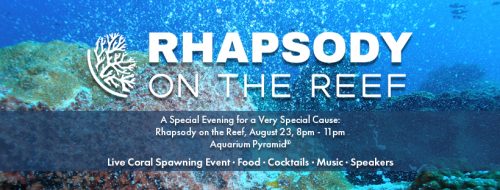
Experience one of nature’s most spectacular and rare ocean phenomena as Moody Gardens introduces the “Rhapsody on the Reef” coral spawning event on Aug. 23 at the Aquarium Pyramid. Guests will enjoy this amazing spectacle with light hors d’oeuvres, live music, cocktails, a variety of speakers and a silent auction as money is raised to help with ocean conservation.
While it occurs 150 miles off the coast of Galveston in the Gulf of Mexico, most people are unaware of this coral spawning. It takes place within the Flower Garden Banks National Marine Sanctuary, one of 14 federally designated underwater areas protected by the National Oceanic and Atmospheric Administration’s (NOAA) Office of National Marine Sanctuaries. It is the only sanctuary site located in the Gulf of Mexico. The total area of the sanctuary is about 56 square miles (about 36,000 acres), divided between three distinct areas: East Flower Garden Bank, West Flower Garden Bank and Stetson Bank.
Discovered at the turn of the 20th century by fishermen in search of snapper and grouper, the banks’ colorful reefs are the northernmost in the continental United States. Fishermen nicknamed this area the “Texas Flower Gardens” because of the colorful marine life they saw on the reefs below them. By the time the sanctuary was designated, the term ‘banks’ had been added to the name as a reference to the salt dome formations upon which the reefs are perched.
The coral spawning event allows corals at the Flower Garden Banks National Marine Sanctuary to reproduce and disperse their genetic material over large distances. It also allows for genetic mixing between species of coral for greater diversification. In ways that defy scientific understanding, each coral species times its spawning for maximum benefit to the ecosystem in general.
At the Flower Garden Banks, this event typically occurs 7-10 days after the full moon in August. The timing for these mass spawning events varies from reef to reef around the world. The stunning phenomenon brings to mind an underwater blizzard with billions of colorful flakes cascading in white, yellow, red, and orange. These flakes, known as planula will eventually settle in a particular area and begin to bud in the ocean developing a coral colony.
At “Rhapsody on the Reef,” Moody Gardens will livestream the coral spawning live from the Flower Garden Banks National Marine Sanctuary into the Aquarium Pyramid. The event will also feature presentations from NOAA, Galveston Bay Foundation and others as well as live music featuring a fun selection of contemporary music by the River Oaks String Quartet, a delightful menu of light hors d’oeuvres and desserts, a cash bar and a silent auction.
NOAA representatives will present on the coral spawning event and how sanctuary researchers have been documenting the mass coral spawning to accumulate more precise data on timing and species participation. The Galveston Bay Foundation will also present details on their annual report card for Galveston Bay providing scientific analysis of the health of the bay thereby inspiring others to take action to protect and preserve our waters.
“We are excited to be able to provide our guests with the chance to experience this beautiful phenomenon in a unique setting,” said Moody Gardens President and CEO John Zendt, adding that this experience ideally fits with Moody Gardens’ mission to educate the public as the Flower Garden Banks National Marine Sanctuary is a hidden gem sitting just 150 miles off the coast of Galveston Island.
Early bird tickets are $85 per person until Aug. 16. The regular price is $100 per person starting Aug. 17 with proceeds going to the Moody Gardens’ Conservation Fund. The funds raised from this event will go specifically to coral conservation efforts around the world.


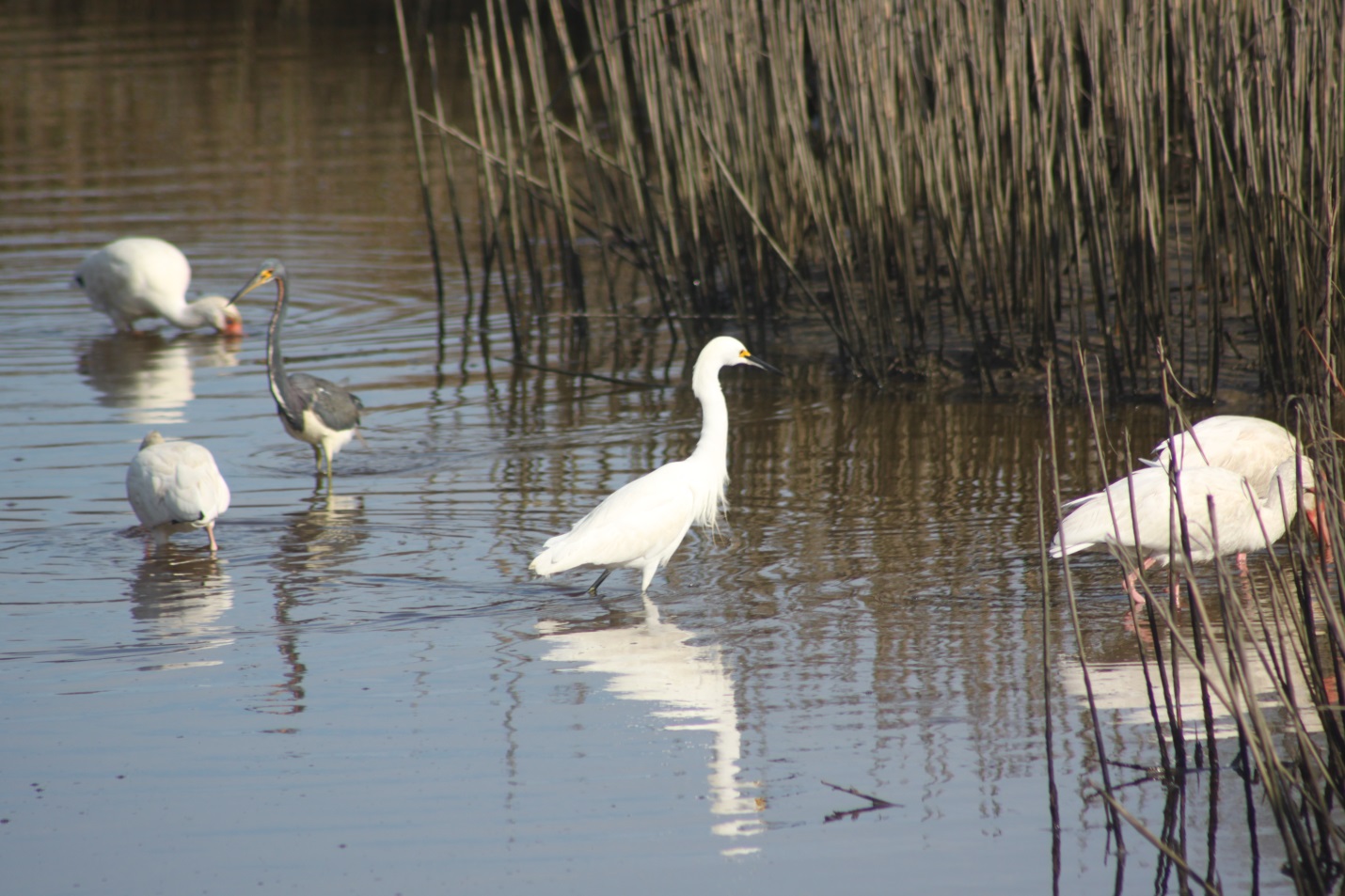

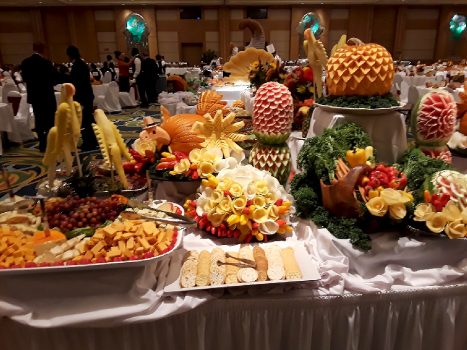

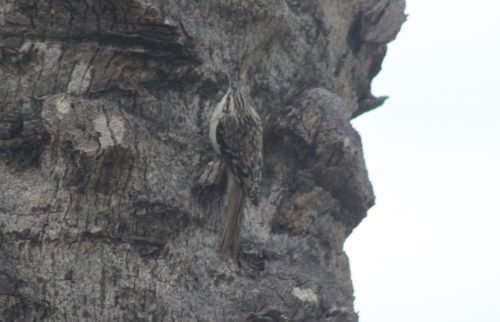
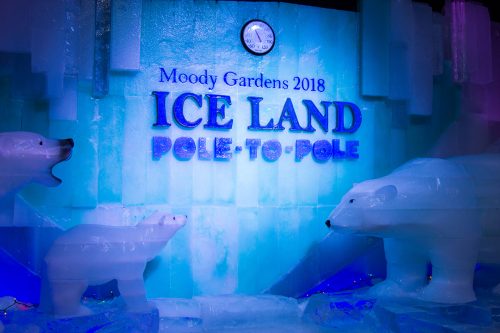

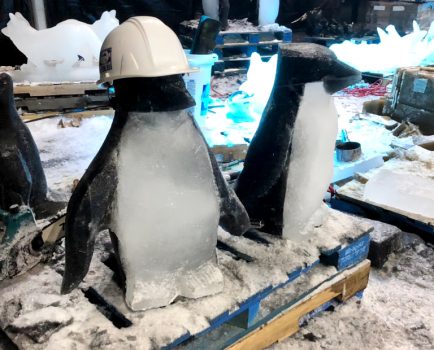 For more information on ICE LAND, or any other Moody Gardens’ holiday attractions, call 409-744-4673 or
For more information on ICE LAND, or any other Moody Gardens’ holiday attractions, call 409-744-4673 or